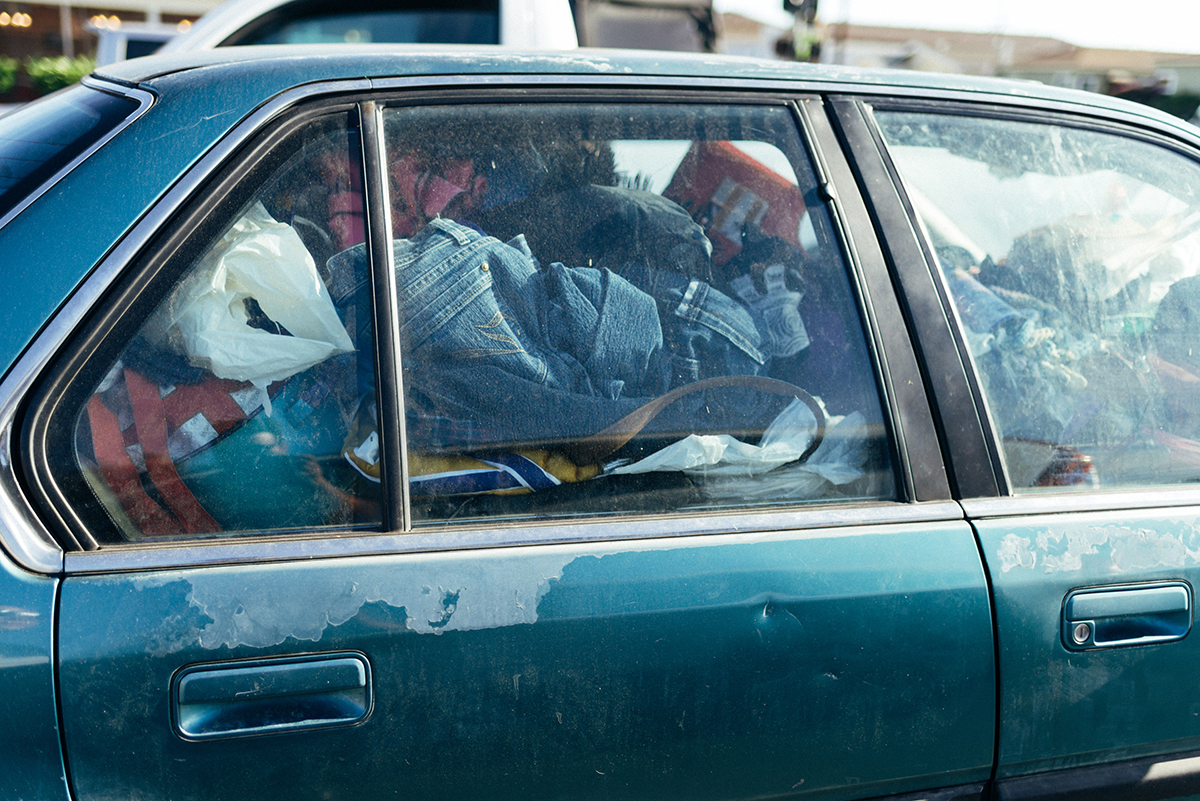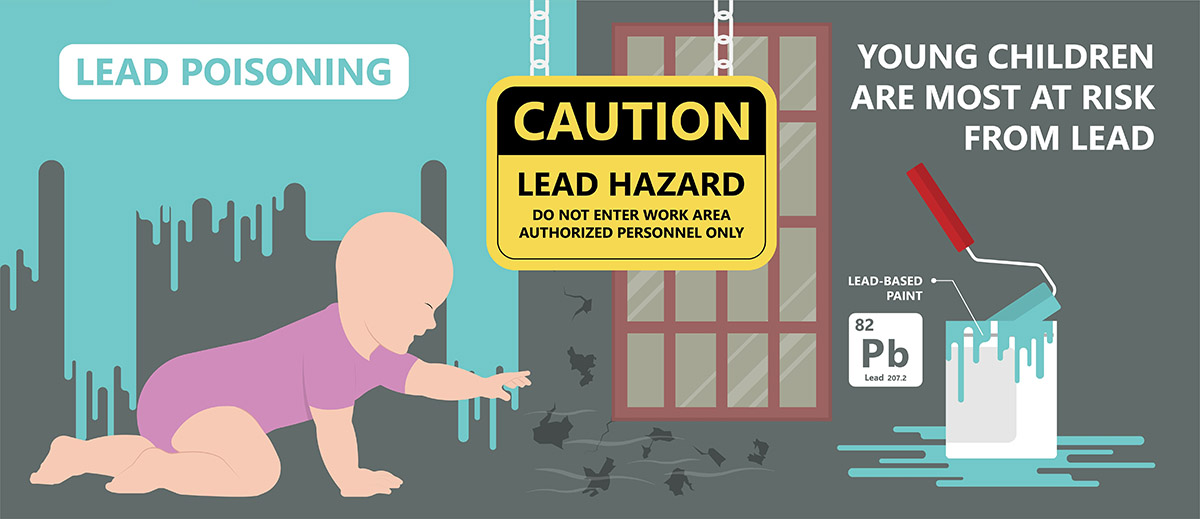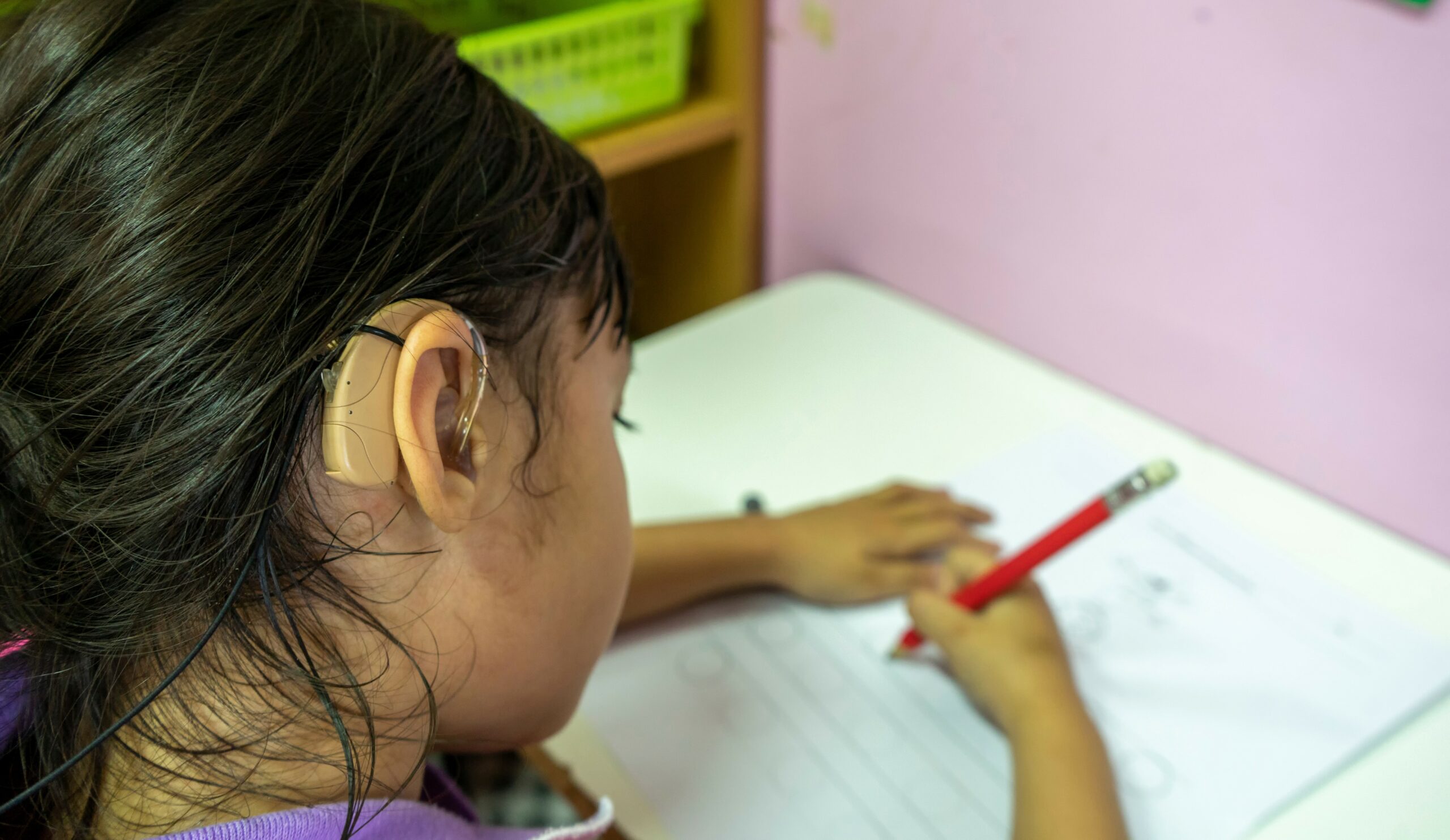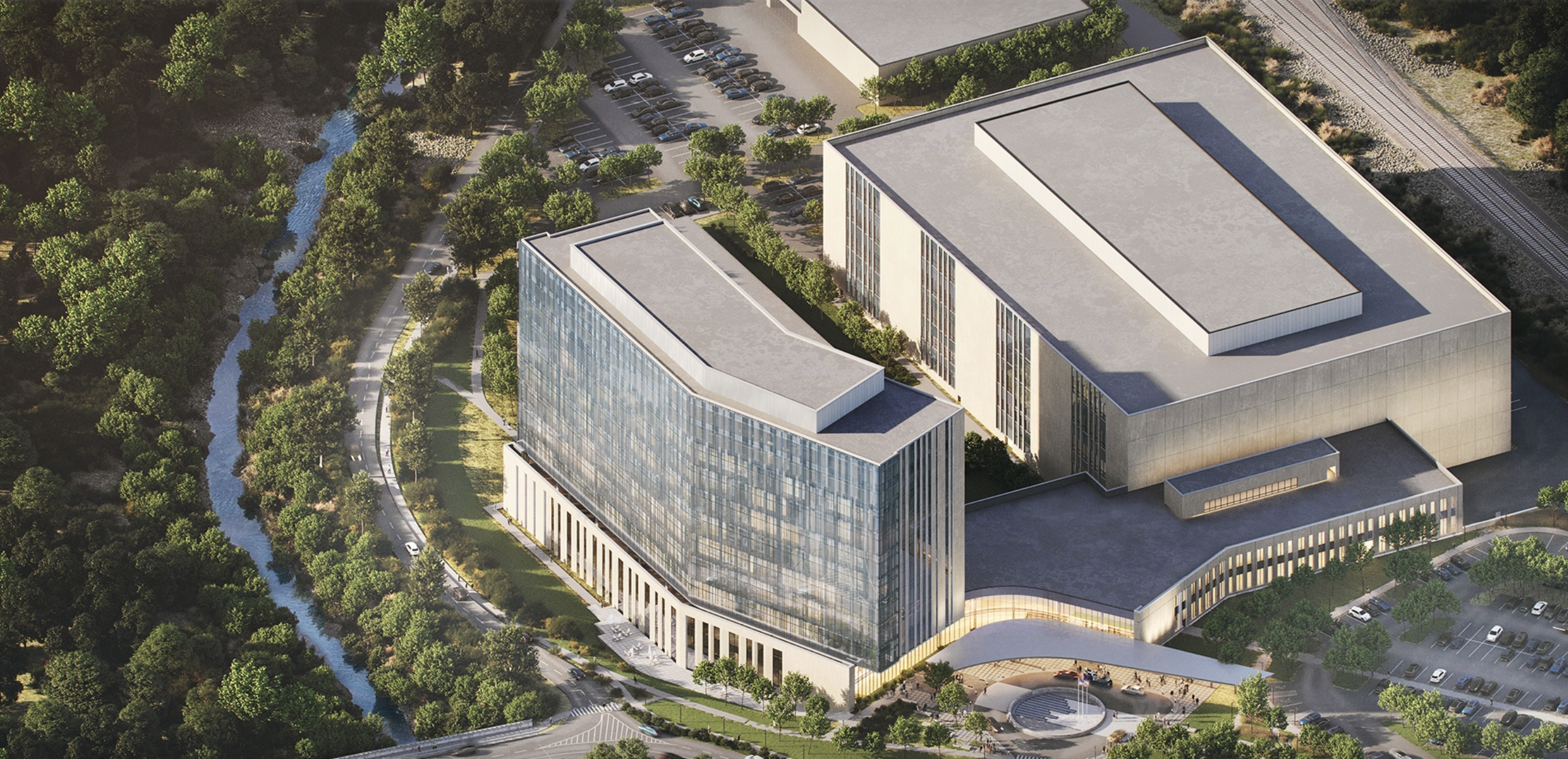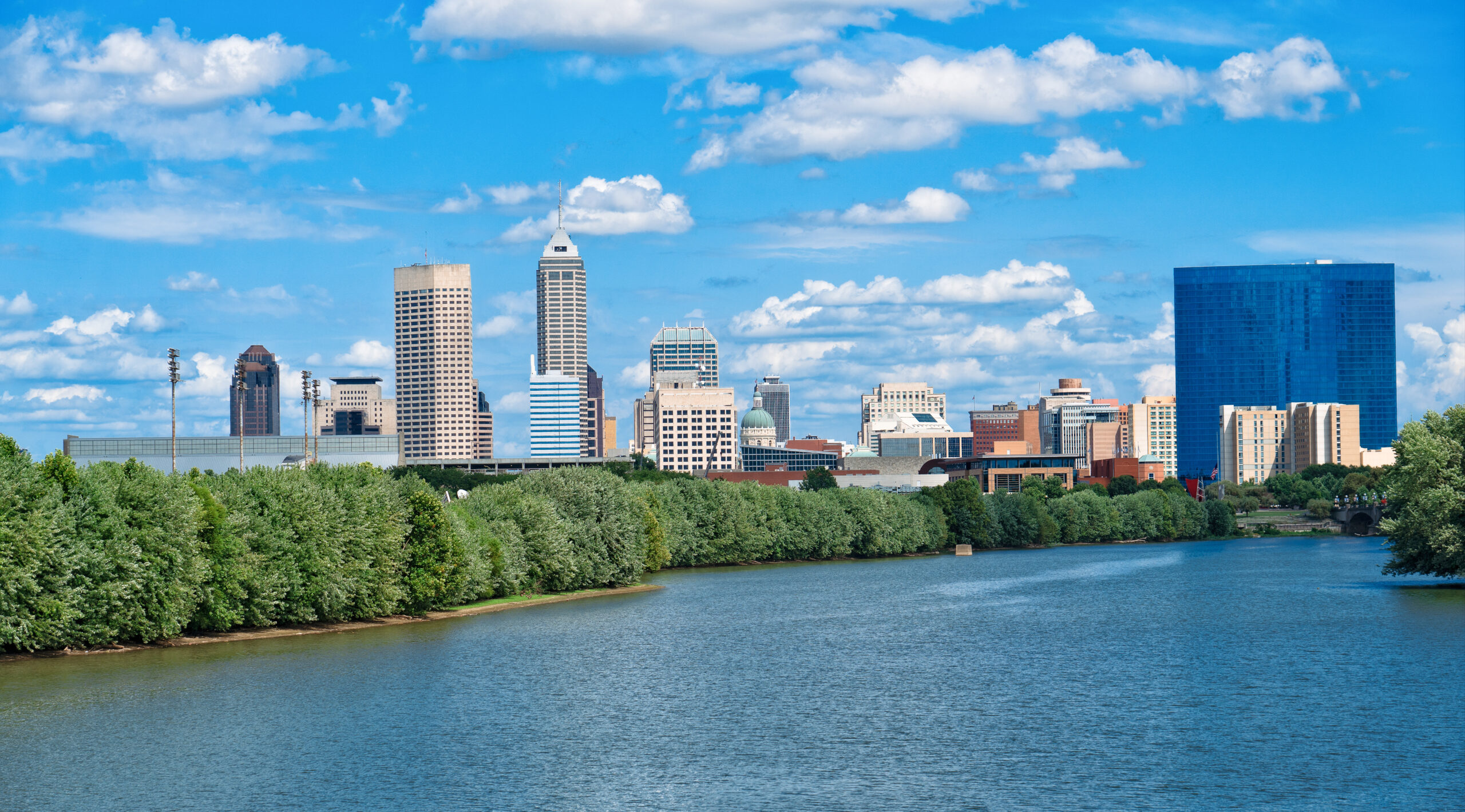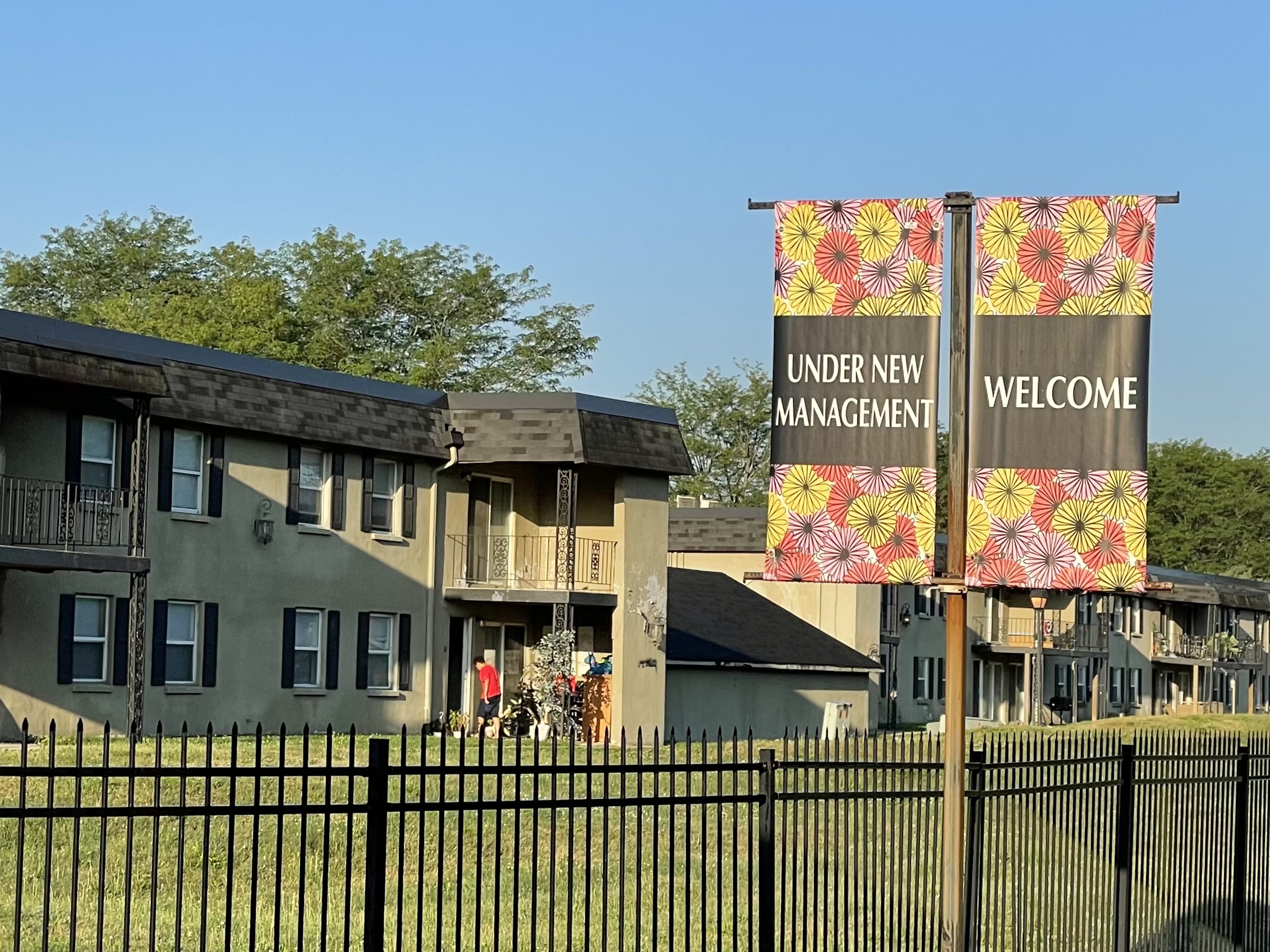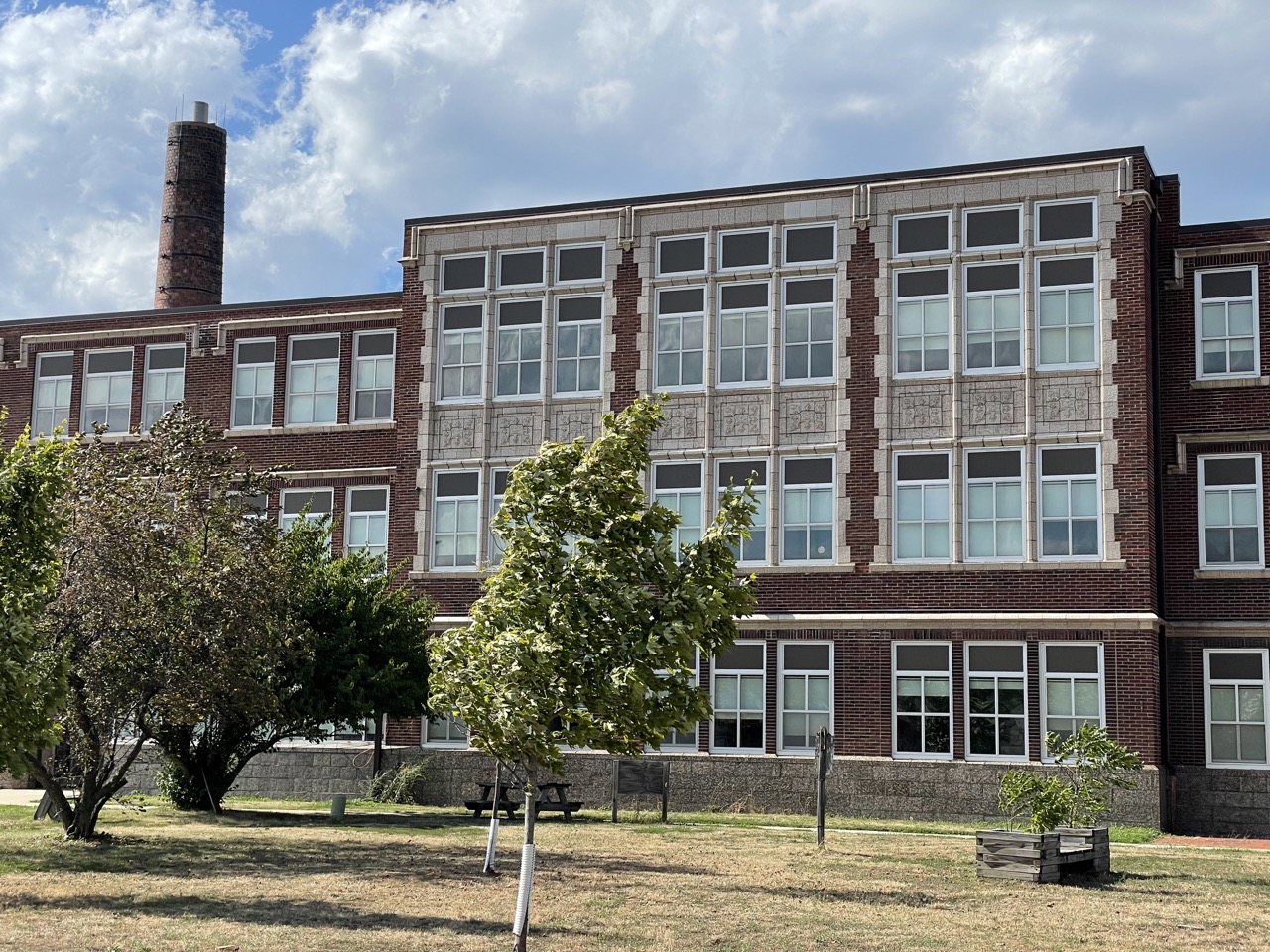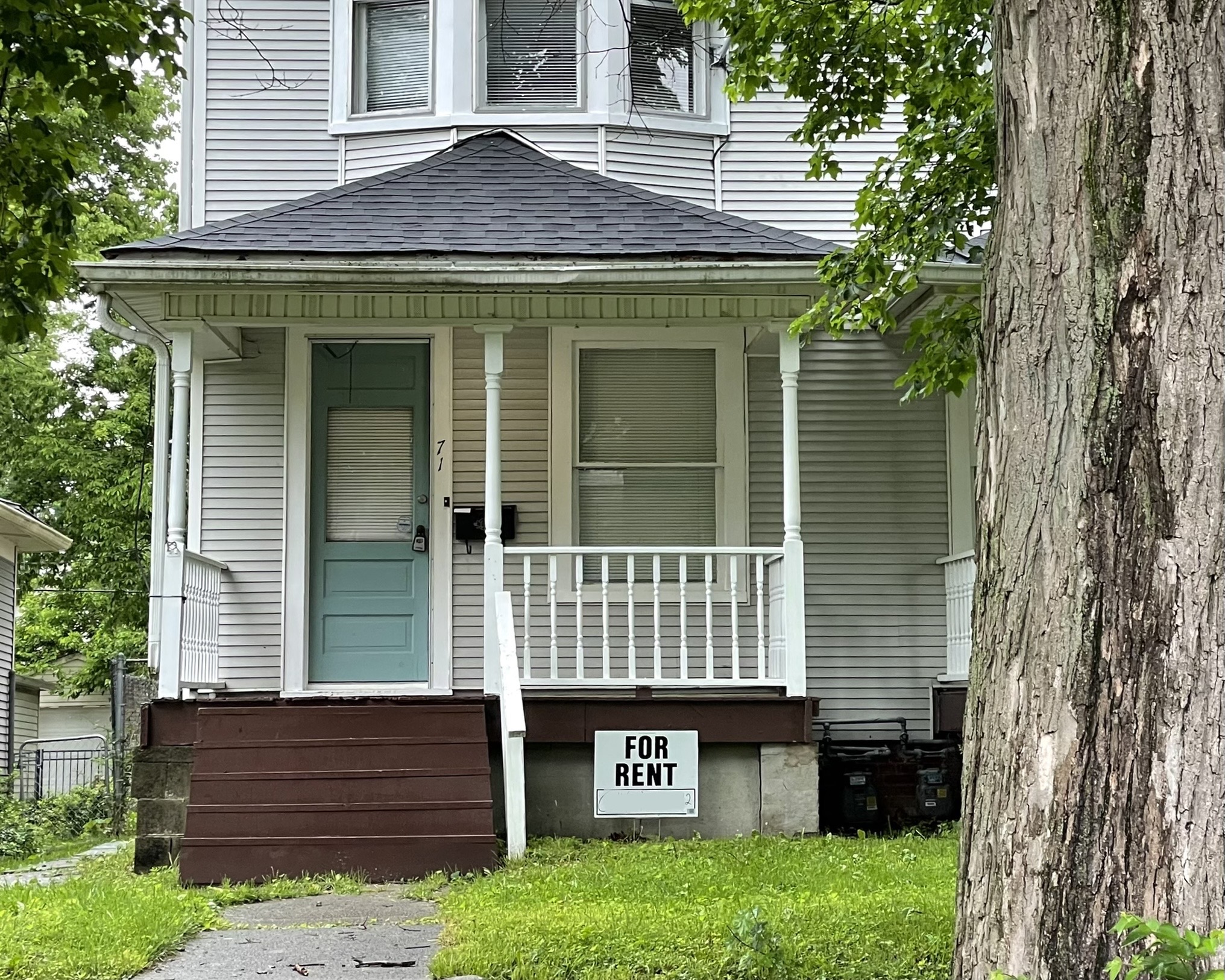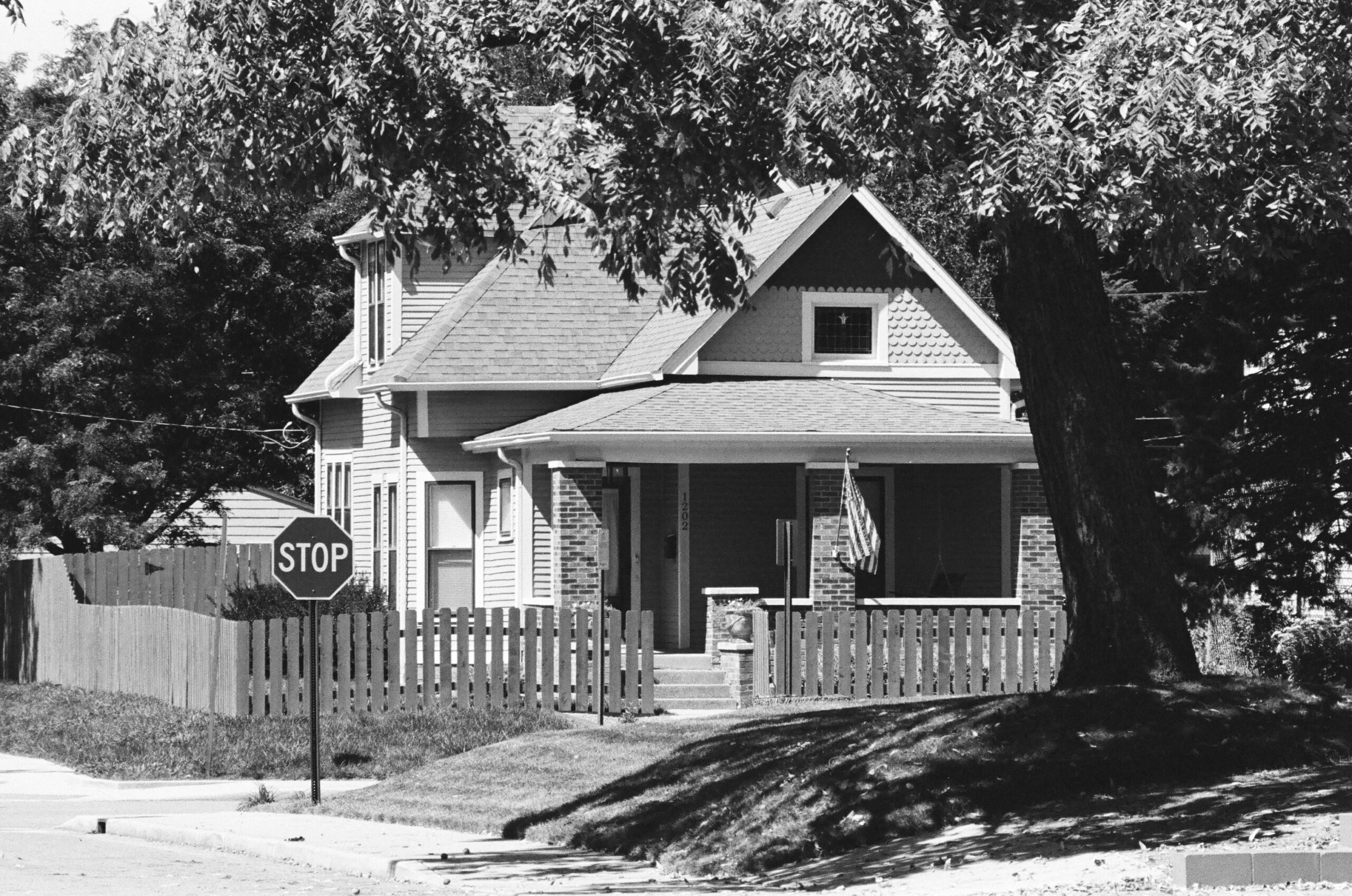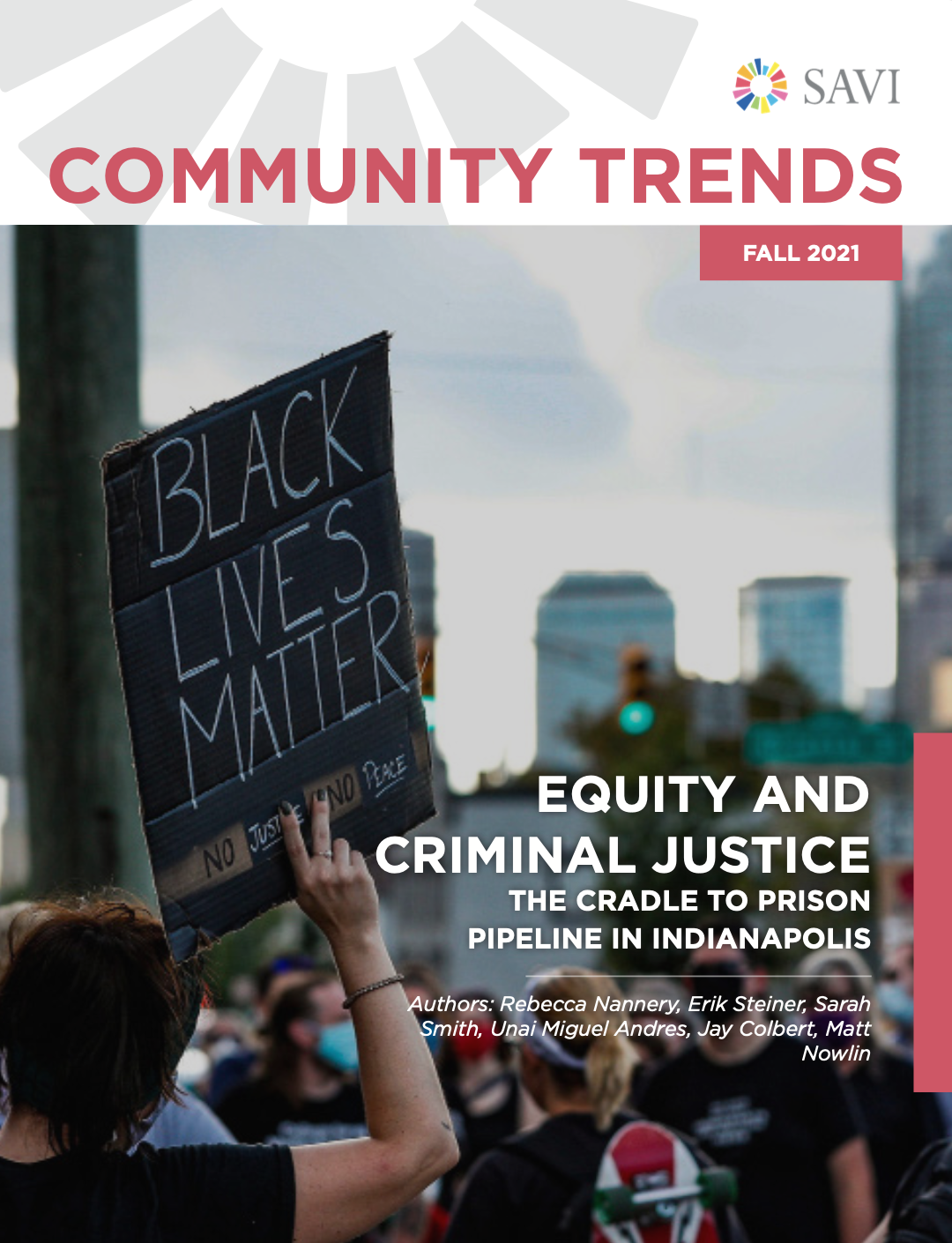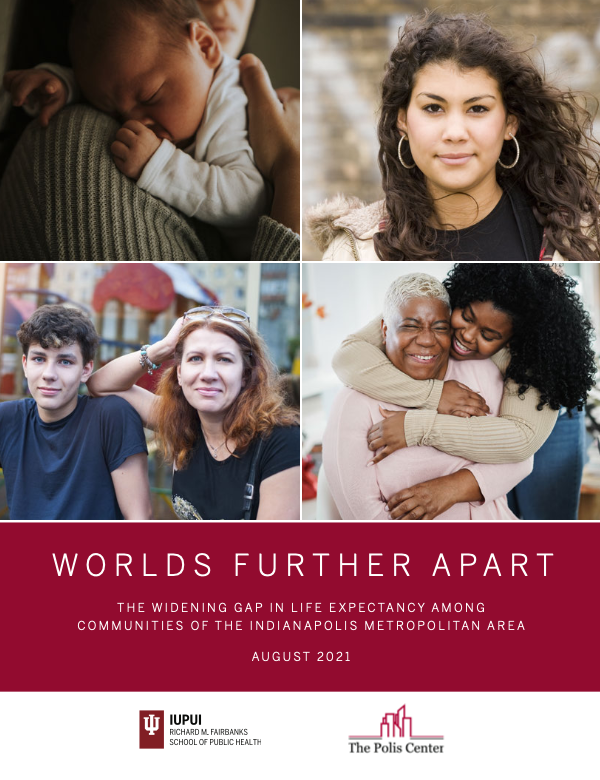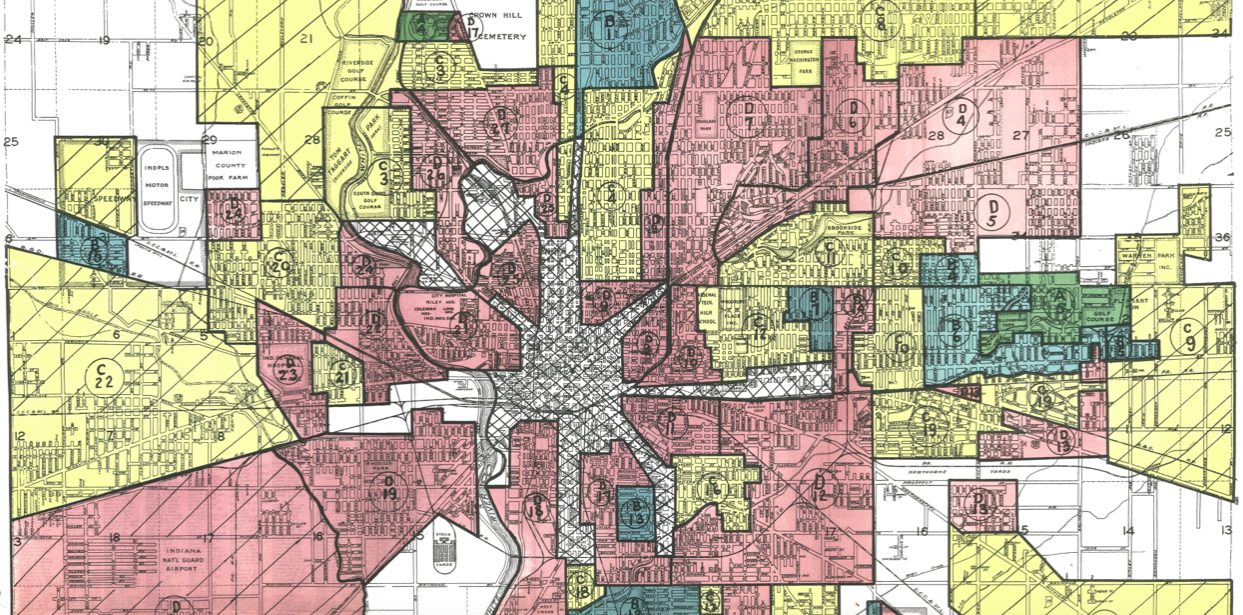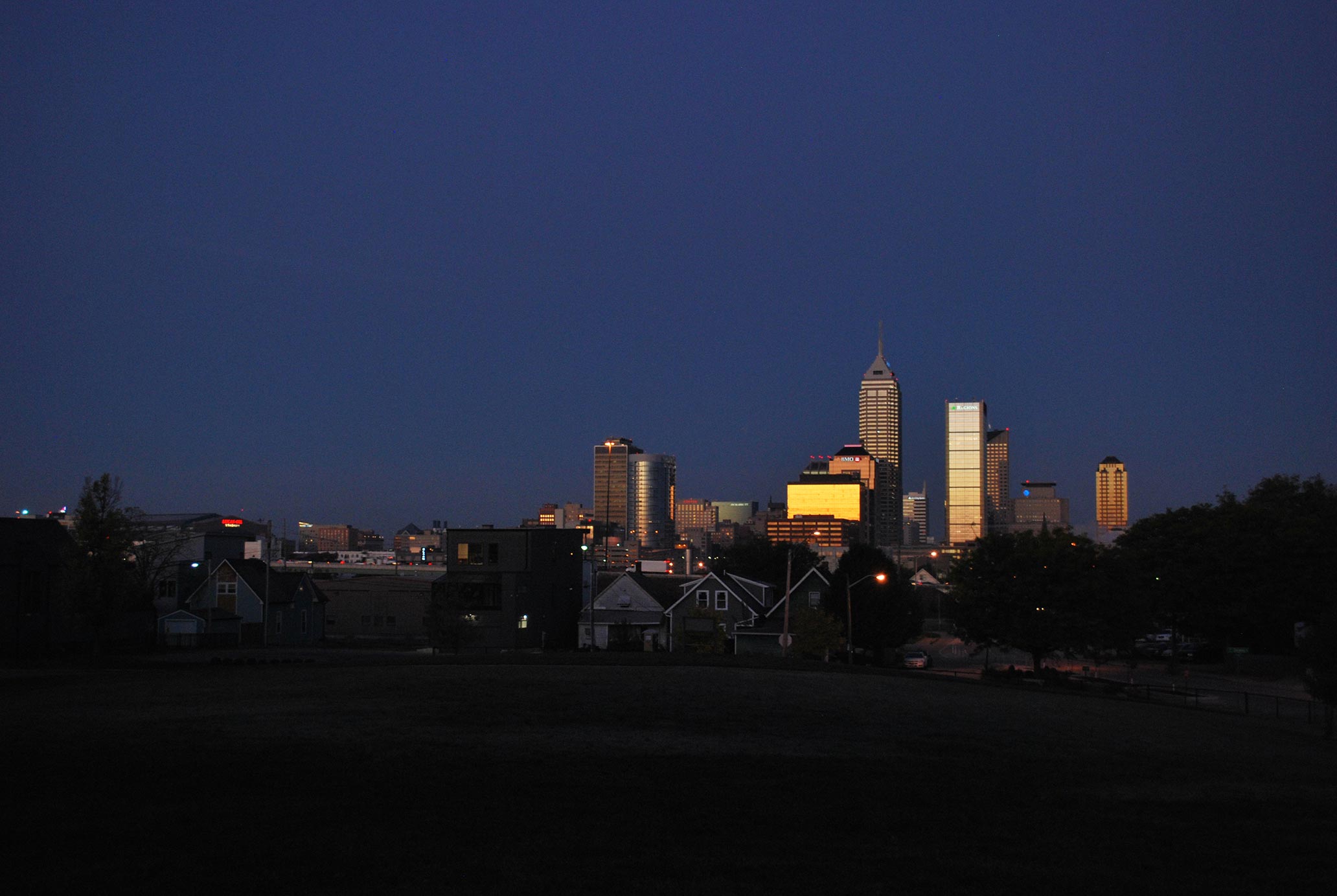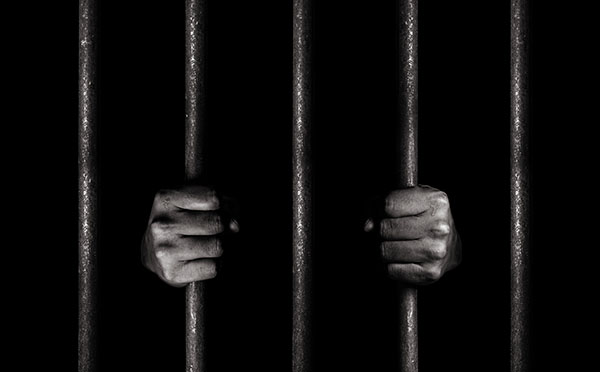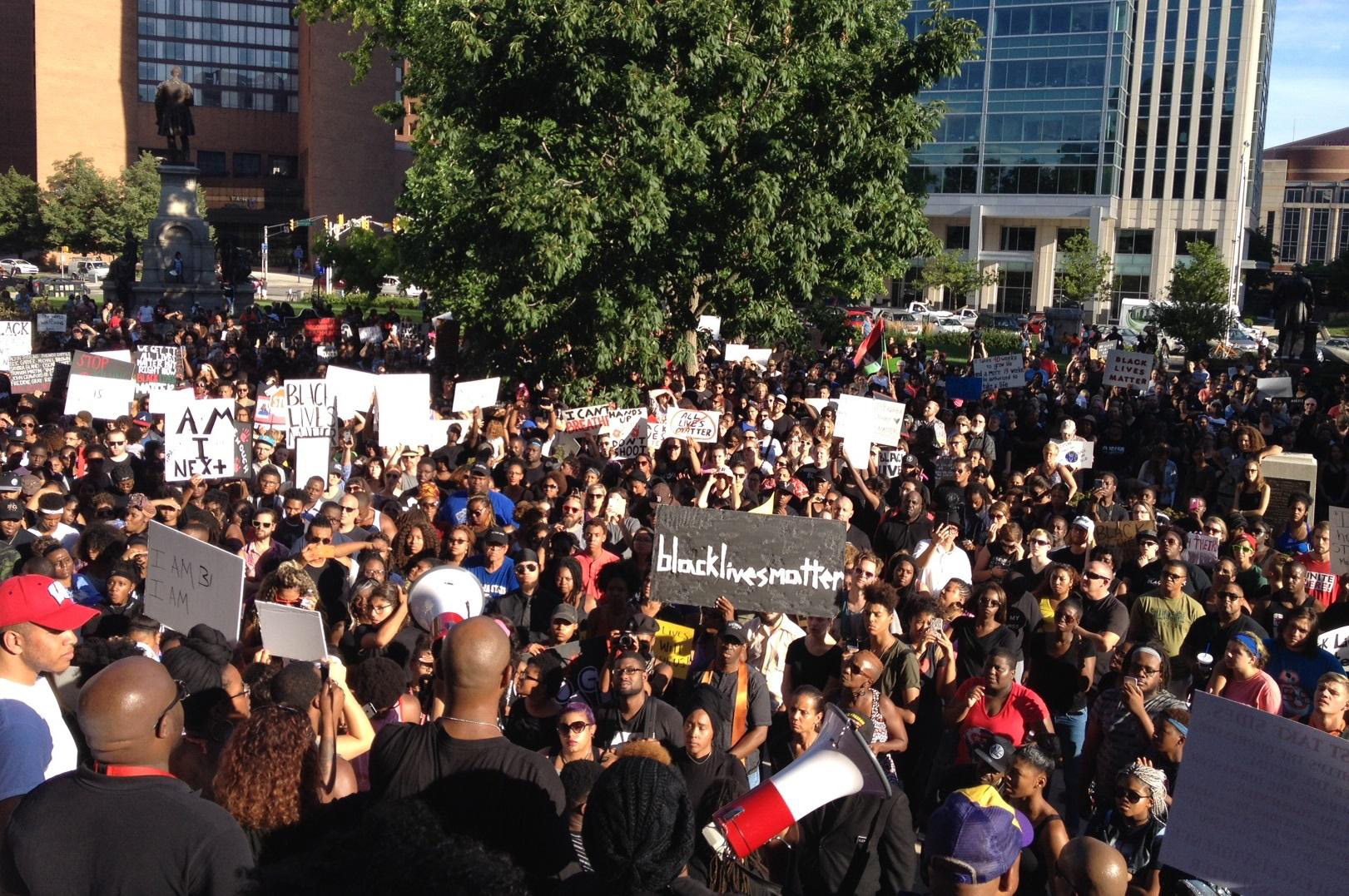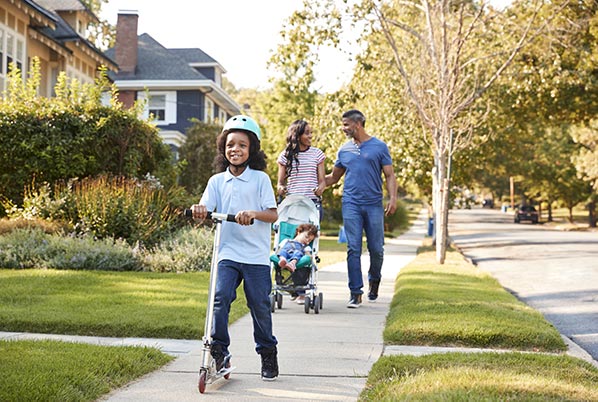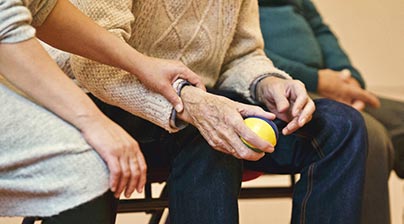Our research is focused on equity in the economy, housing, criminal justice, health, race, age, gender, and more.
Empowering Indiana Communities with Evictions & Foreclosure Data
Using its expertise in research, data integration, analysis, and visualizations, The Polis Center developed a new statewide tool to help users better understand trends and relationships between evictions and societal factors. The goal is to raise awareness of evictions in Indiana and provide an easy-to-use online resource to empower communities to instill change. The dashboard features many resources for tenants, researchers, and stakeholders. Real stories of people experiencing evictions have been captured to give context to the data. The dashboard was presented during the Dec 7 SAVI Talks event. The evictions dashboard is available here.
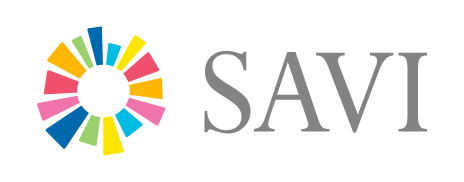
Lead exposure in the Indy East Promise Neighborhood
At the August 24 Data & Drafts event, cosponsored by IndyPL, WFYI Public Media, and Bier Brewery, we presented findings from our analysis of the state of childhood blood levels in Marion County. We looked at childhood lead exposure in Marion County, its impacts, and what can be done, with a particular focus on the neighborhoods of Martindale Brightwood and the Near Eastside. You can check out the presentation slides and read our analysis of lead exposure in the Indy East Promise Neighborhood.

Academic Standardized Test Scores for the Hearing Aid Assistance Program of Indiana (HAAPI) Participants and Applicants
Hear Indiana is partnering with the Polis Center to investigate educational outcomes for deaf or hard of hearing (DHH) children in Indiana who use hearing aids and communicate through spoken language.
This report summarizes our findings related to academic standardized test scores (IREAD, ISTEP) for DHH children who use hearing aids and communicate through spoken language as identified by HAAPI applicant data between 2014 and 2021. We find that these children have test scores comparable to or exceeding statewide averages in Math and English Language Arts (ELA). The findings provide evidence that DHH children who use hearing aids and communicate through spoken language can excel academically.

Equity in Criminal Prosecutions: Analyzing Case Filings from the Marion County Prosecutor’s Office
The Kheprw Institute and The Polis Center are partnering to better understand the criminal justice system in Marion County and investigate potential disparities. This report is the next step in several prior analyses and reports examining the local criminal justice system.
Previous research from the Polis Center estimated that Black residents of Marion County were 2.7 times more likely to be jailed than their white counterparts in 2018 and 4.4 times more likely to be imprisoned in 2016. Significant progress has been made to narrow the racial gaps in both the prison and jail population, but that has slowed in recent years. Building off this research, Polis examined more than 283,000 bookings in Marion County jails between 2013 and 2021 to understand the jail population. Despite a significant drop in the jail population during the COVID-19 pandemic, jail levels have mostly returned to pre-pandemic numbers.

Transportation Equity and the Older Adult Population
Access to transportation is important because it empowers older adults to maintain their independence. Transportation opportunities for older adults may take different forms, including driving, public transportation, ride-share service, or shuttle buses. This report discusses public transportation access and perceived transportation barriers. Key findings include in Indianapolis, approximately 76,000 people age 65 or older live too far away from an IndyGo stop to likely use transit. That represents nearly two thirds of people age 65 or older in Indianapolis. This partnership includes The Polis Center, and the Central Indiana Senior Fund, a fund of the Central Indiana Community Foundation.

Indianapolis Racial Equity Report Card
Community Feedback Draft
We are developing an annual report card to hold ourselves and our community accountable for addressing equity gaps in the economy, health, education, and more. We need your input to understand what to measure and what solutions your neighborhood or community has undertaken.

Follow the Money: Indianapolis Evictions in 2022
Eviction filings are on the rise compared to last year, but still lower than before the pandemic. Most evictions are from large owners of big apartment complexes. This article is part of our Data and Drafts series in partnership with WFYI and Indianapolis Public Library

A Decade of Decline: College-Going Rates in Central Indiana
An analysis of Central Indiana high schools shows that declines in college-going rates impact everyone, from affluent suburban communities to economically disadvantaged neighborhoods. This article is part of our Data and Drafts series in partnership with WFYI and Indianapolis Public Library

Who is in the Marion County Jail? Exploring Length of Stay through an Equity Lens
We analyzed more than 283,000 bookings into Marion County’s jails between 2013 and 2021. We used this data to discover how many people are in jail, the characteristics of those in jail, and how long people remain in jail.

The State of Tenants in Central Indiana
Indiana Senate Bill 230 would have required landlords to make necessary repairs to their properties. We examine the renters impacted by the bill’s failure.

Modern Redlining in Indianapolis?
Our analysis of one million loan applications since 2007 shows that, even when income and debt are the same, Black applicants have 2-3X higher odds of being denied than White applicants, and applying for a loan in a historically redlined neighborhood increases the odds of denial by 50 percent.

Equity and Criminal Justice
Black Hoosiers are twice as likely to be jailed and 4.5 times as likely to be imprisoned as their white peers. However, these disparities exist long before an individual is imprisoned. From the place and situation into which a child is born, to the discipline and juvenile justice policies in their school and community, a person’s childhood experience influences their likelihood of being involved in the criminal justice system.

Worlds Further Apart
Since 2015, the gap in life expectancy between the ZIP codes with the longest and shortest lifespan has increased by 24 percent. ZIP codes with the highest and lowest lifespans are 17 miles apart and half a 17-year gap in life expectancy.
The Lasting Impacts of Segregation and Redlining
80 years after the federal government encouraged lenders to consider “neighborhood characteristics” like race in their lending decisions, redlining and segregation have a measurable impact on economic opportunity, health outcomes, the environment, and violence.

Equity in Economic Opportunity
How race, place, and class impact opportunity in Indianapolis
Children born to low-income families in Indianapolis have worse economic outcomes than almost any other large city, and there are stark disparities for Black children and children who grew up in low-income neighborhoods.

How are you using these data? What other data would be useful for you?

Events
Who is in the Marion County Jail? Exploring Length of Stay
June 16
We examine inmate and booking data obtained from the Marion County Sheriff’s Officem exploring length of stay and the presence of mental health and substance use among Marion County Jail inmates, drawing attention to the characteristics of those with longer lengths of stay or charges that might merit alternative responses in the community or reduced jail time. We also examine racial disproportionalities within the jail, as half of inmate bookings in recent years are from the Black community, in comparison to the racial composition of Marion County, which is only 30% Black.
SAVI Talks: Equity in Criminal Justice
November 18
This SAVI Talk will apply the Cradle to Prison Pipeline framework to the criminal justice landscape of Marion County. We will use it to interpret snapshots of local place-based data that highlight inequities faced by subpopulations from childhood to adulthood, and how policy impacts these inequities.
SAVI Talks: Life Expectancy
August 26
IU Fairbanks School of Public Health is partnering with The Polis Center to analyze gaps in life expectancy across communities.
SAVI Talks: Equity in Aging
April 22
Older adults face issues of equity on a daily basis. The Polis Center, IU Public Policy Institute, and the IU Center for Public Policy Research partner with Central Indiana Senior Fund to highlight these issues and solutions.
SAVI Talks: Equality of Opportunity
March 25
SAVI analysts will present the team’s latest research and WFYI will moderate a panel discussion.

Research Under Development
More equity research is in development, including the following projects.
Revisiting gentrification trends with 2020 Census data
With a full decade of data about block-by-block demographic changes, we can better understand gentrification and displacement.
A neighborhood model of economic opportunity
What drove opportunity in neighborhoods of the 1980s, and what can predict economic mobility for children growing up today?

Measures of Equity
Our equity research agenda will incorporate a community conversation on the key indicators of equity. Until then, here are just a few examples of community-level measures of equity across race, gender, and neighborhoods. For more equity data, visit the SAVI Equity Profile.
Racial Equity
Mortgage denial rate by race
Gender Equity
Median earnings by gender
Neighborhood Equity
Broadband access by census tract

More Equity Research
Reports and articles from 2020 and earlier.
A Deep Dive into Affordable Rental Housing
New data shows the number of subsidized rental homes in Marion County is stagnant, while the need for units affordable to extremely low-income households is large.
Equity and Criminal Justice: The Cradle to Prison Pipeline in Indianapolis
This report examines a concept called the “cradle to prison pipeline.” It is a review of some of the basic statistics at each stage of this pipeline: childhood, school, juvenile justice, early adulthood, and imprisonment. For each stage, we present basic trends and...
The Lasting Impacts of Segregation and Redlining
80 years after the federal government encouraged lenders to consider “neighborhood characteristics” like race in their lending decisions, redlining and segregation have a measurable impact on economic opportunity, health outcomes, the environment, and violence.
Equity in Economic Opportunity: How Race, Place, and Class Impact Economic Mobility in Indianapolis
Children born to low-income families in Indianapolis in the 1980s grew up to earn less than their peers in almost any other large city. The ability of children to move above the economic status of their parents is influenced by the parents’ income, demographics, and...
Health and Economic Impact of COVID-19 on Neighborhoods
In this report, we identify the areas in Indianapolis most affected by COVID-19, particularly those already disproportionately affected by poverty; define some of the challenges families in these areas are facing; and explore ways inequity plays a role in the risk,...
Indy Evictions May Reach 34,000 or More in 2020
An increase in unemployment claims could drive the eviction rate from 7 percent in 2016 to 20 percent in 2020, and informal evictions may be twice that.
Police Used Force on 1.3 Percent of Black Residents Since 2015
Police used force over 1,600 times in 2019. Officers use force on black residents at a rate 2.6 times higher than white residents.
Socioeconomic factors explain why some New York ZIP codes were hit hardest by COVID-19
By comparing New York’s COVID-19 test results with demographic and socioeconomic factors by ZIP code, we found that low education levels, crowded housing, and a lack of health insurance are some of the strongest predictors of high COVID-19 positivity rates.
The Inequalities Behind COVID-19 Disparities for African Americans in Indianapolis
COVID-19 positivity rate is 1.8 times higher for blacks than for whites. We explore how systemic inequities put many black individuals at higher risk for getting the virus, having a serious case, and suffering from the economic impacts compared to white residents.
Three Ways to Visualize COVID-19 Race and Gender Disparities
In Indiana, black individuals are 2.4 times more likely to test positive than whites. We look at three different ways to visualize COVID-19 disparities like this.


